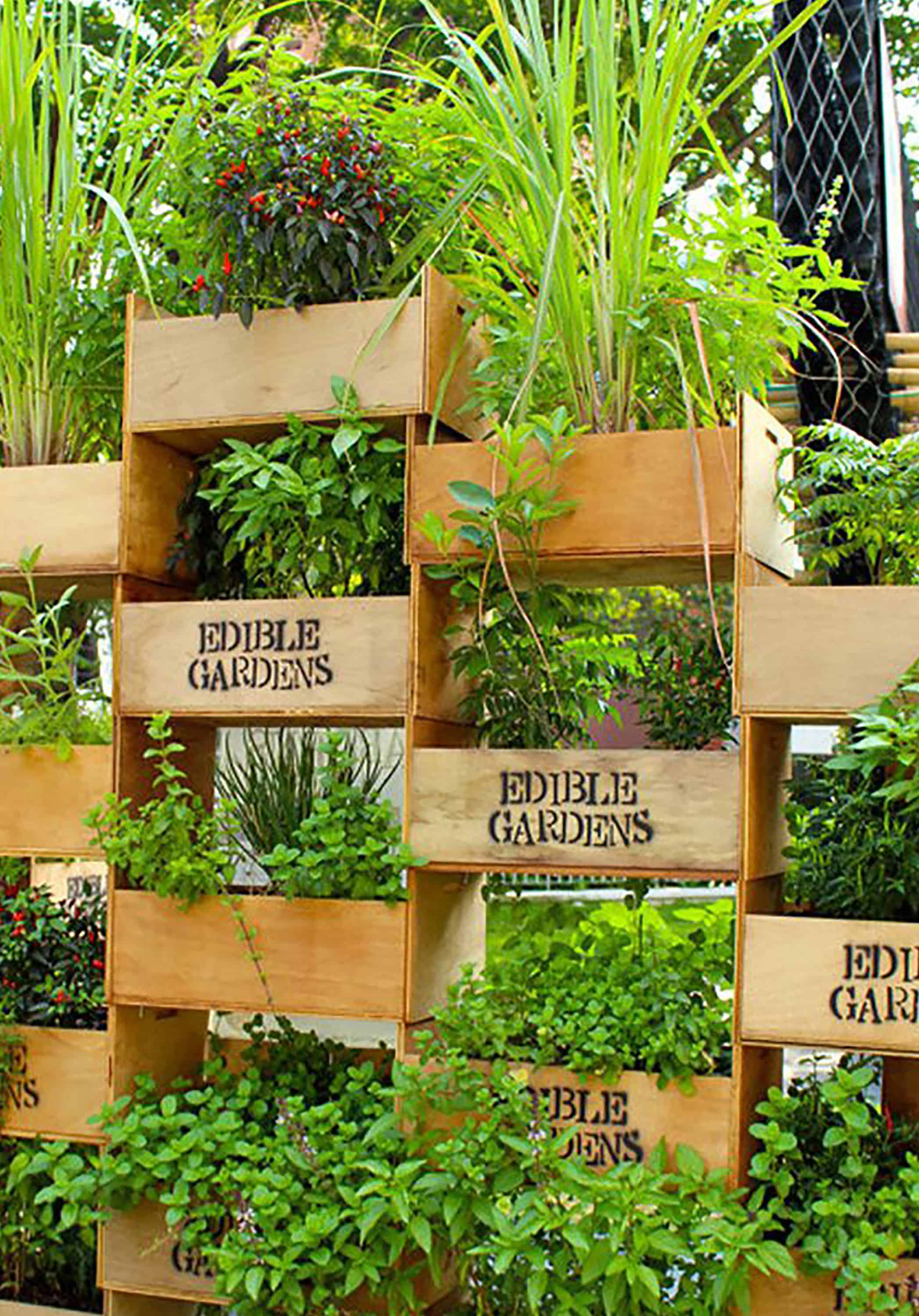
Vertical Gardening: A Sustainable Solution for Urban Agriculture
Introduction
Vertical gardening revolutionizes traditional gardening practices by utilizing vertical space to grow vegetables. This sustainable gardening solution has gained relevance in urban areas where land is scarce, offering numerous benefits to individuals and the environment. This article aims to encourage readers to explore vertical gardening and its potential for sustainable urban agriculture.
Historical Background
Vertical gardening dates back to ancient civilizations, with notable examples such as the Hanging Gardens of Babylon and the terraced gardens of Machu Picchu. Throughout history, vertical gardening has evolved, incorporating modern techniques and materials to maximize space utilization. The contributions of visionary figures and events have played a pivotal role in its development.
Key Concepts and Definitions
Vertical gardening involves creating structures that allow plants to grow vertically, optimizing space and increasing crop yield. This practice makes efficient use of limited land resources in urban areas. Understanding the principles of vertical gardening, including soil preparation, irrigation techniques, and plant selection, is crucial for successful implementation.
Main Discussion Points
Vertical Garden Structures and Materials
Different types of vertical garden structures, such as trellises and living walls, offer unique design options and functionalities. The choice of materials, such as wood, metal, or PVC, is crucial for ensuring durability and suitability. Factors like stability, aesthetics, and accessibility should be considered when designing and building a vertical garden structure.
Plant Selection and Care in Vertical Gardens
Choosing appropriate plants is essential for successful vertical gardening. Certain vegetables, such as tomatoes, cucumbers, and peppers, thrive in vertical gardens due to their climbing or trailing nature. Understanding planting techniques and providing necessary care, such as pruning and pest control, ensures healthy growth and abundant yields.
Vertical Garden Maintenance and Irrigation
Regular maintenance is key to the longevity and productivity of vertical gardens. Monitoring and care, including watering, fertilization, and pruning, support plant health. Implementing efficient irrigation techniques specific to vertical gardens, such as drip irrigation or hydroponics, optimizes water usage and reduces wastage. Effective pest and disease management strategies are also essential.
Case Studies or Examples
Real-world case studies provide inspiring examples of successful vertical vegetable gardens. These examples highlight challenges faced and lessons learned, shedding light on the potential benefits and achievements of vertical gardening. By studying these examples, individuals can gain insights into implementing vertical gardening techniques to enhance urban agricultural practices.
Current Trends or Developments
The field of vertical gardening is constantly evolving. Recent trends focus on integrating technology and innovation into vertical garden systems. Advancements like automated irrigation systems, vertical farming using hydroponics or aeroponics, and the use of artificial intelligence for plant monitoring and management demonstrate the potential for further optimizing vertical gardening practices. Ongoing research efforts continue to push the boundaries of what is possible within this field.
Challenges or Controversies
While vertical gardening offers numerous benefits, it also presents challenges. Common challenges include limited sunlight exposure for lower-level plants, potential structural stability issues, and the need for specialized knowledge and skills. Additionally, controversies and differing viewpoints revolve around the sustainability and environmental impact of vertical gardening. Exploring potential solutions and alternative approaches can help address these challenges and discrepancies.
Future Outlook
The future implications of vertical gardening are promising. As urbanization increases, the demand for sustainable food production in limited spaces intensifies. Vertical gardening offers a viable solution for urban agriculture, reducing the reliance on traditional farmland. Emerging trends, such as vertical gardens incorporated into building architecture, showcase the potential for widespread adoption of this innovative gardening technique. Continued research and development will further refine and expand vertical gardening practices.
Conclusion
Vertical gardening provides an efficient and sustainable solution for growing vegetables in urban areas. The optimized space utilization and increased crop yield make it an attractive option for individuals seeking sustainable urban agriculture. By encouraging readers to explore and experiment with vertical gardening, we contribute to a greener and more self-sufficient future.
References
For further reading on growing vegetables in vertical gardens, the following resources are recommended:
“Vertical Gardening: Grow Up, Not Out, for More Vegetables and Flowers in Much Less Space” by Derek Fell
“The Edible Balcony: Growing Fresh Produce in Small Spaces” by Alex Mitchell
“Vertical Vegetables & Fruit: Creative Gardening Techniques for Growing Up in Small Spaces” by Rhonda Massingham Hart
“Vertical Gardening: The Beginner’s Guide To Organic & Sustainable Produce Production Without a Backyard” by Andy Jacobson